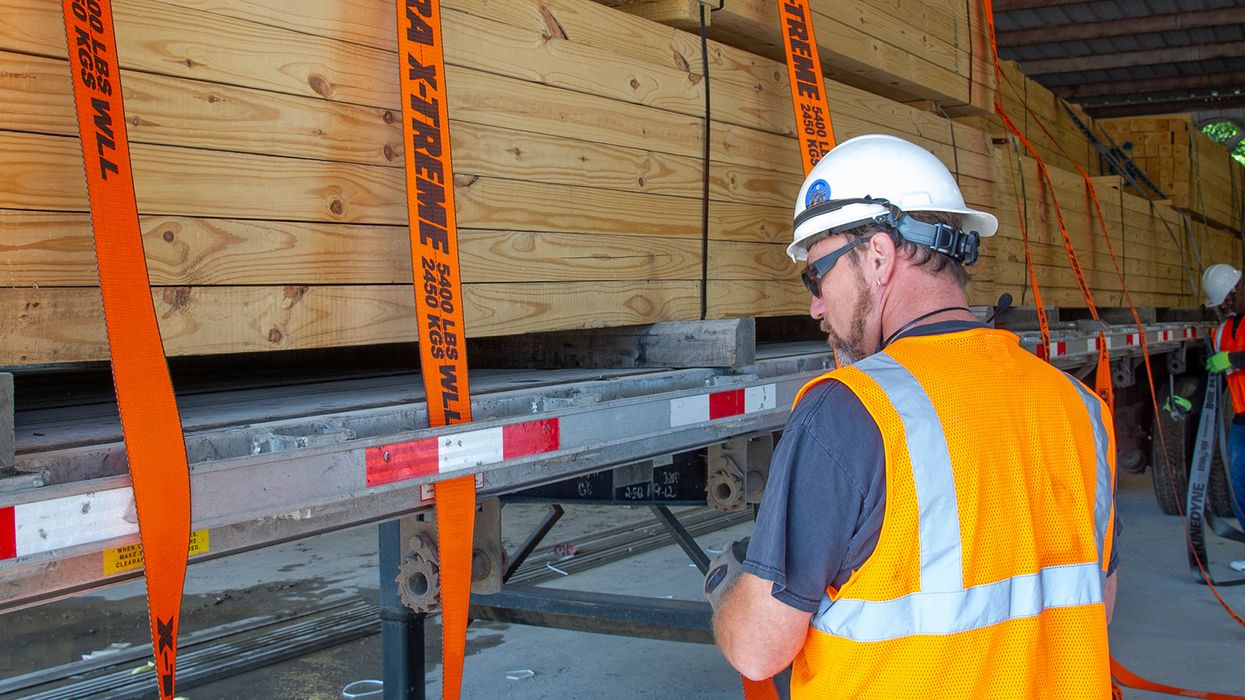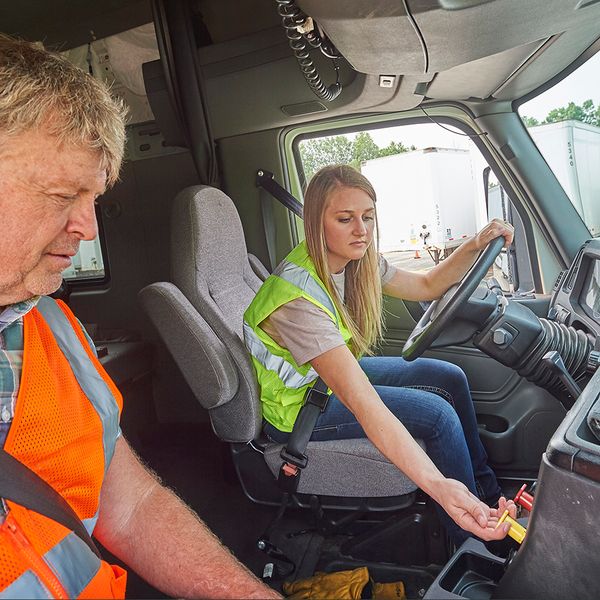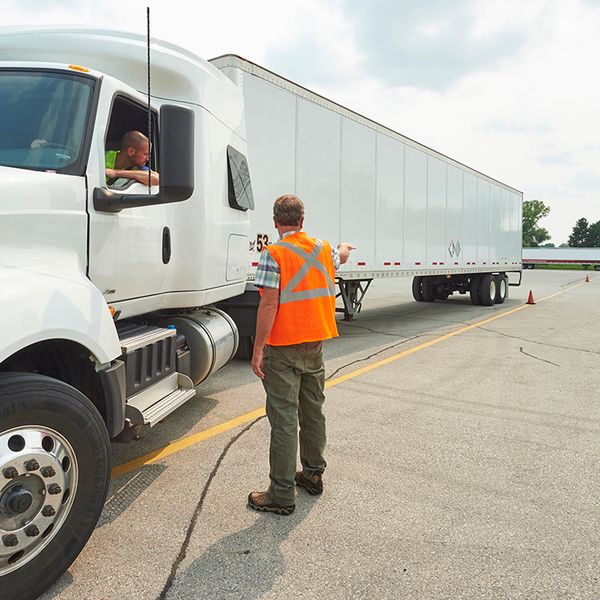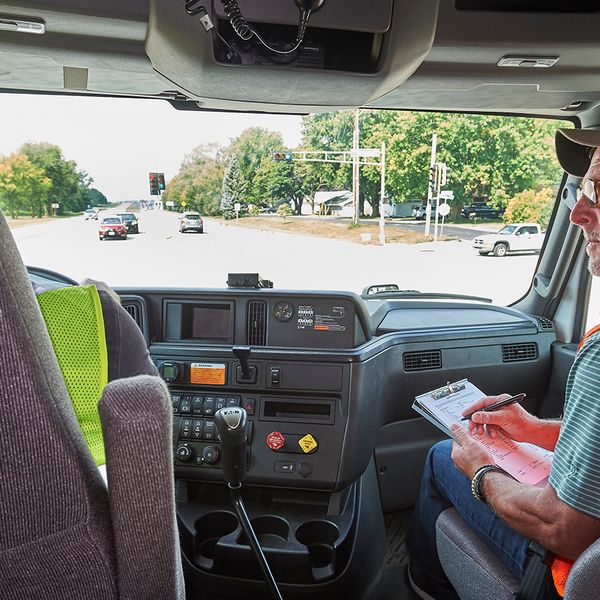Happy anniversary, ELDT!
February 7 marks the one-year anniversary of the implementation of the entry-level driver training (ELDT) rule. So, how has it gone? What’s next? Let’s take a look.
One year ago February 7, 2022, marked the beginning of a new era for driver training. As of that date, ELDT is required for anyone:
- Obtaining an initial Class A or Class B CDL;
- Upgrading from a Class B to Class A CDL; or
- Obtaining an initial passenger, school bus, or hazardous materials endorsement.
Individuals must complete a course of theory and behind-the-wheel training offered by an entity listed on the Training Provider Registry (TPR), which is administered by the Federal Motor Carrier Safety Administration (FMCSA). To be listed on the TPR, an entity must meet specific requirements related to everything from curriculum to facilities.
An individual must successfully complete this training and have proof of completion prior to taking the skills test for the new license or endorsement. In the case of the hazardous materials endorsement, which doesn’t require a skills test, proof of completion must be presented prior to taking the knowledge test.
Early challenges
The early challenges revolved around making sure all drivers, motor carriers, and state driver licensing agencies (SDLAs) were on the same page when it came to understanding and applying the requirements.
Many drivers and carriers were unsure who was subject to the new rule. Training providers were unsure of the registration process. Some SDLAs needed to shore up their policies and procedures to match the rulemaking’s requirements.
Within a few months, these questions subsided, and the issues became more driver and carrier specific.
Frequently asked questions (FAQs)
After many had a solid grasp the basics of ELDT, questions arose related to specific driver issues, such as removing restrictions from an existing CDL, upgrading a CDL, and adding endorsements to an existing CDL.
Restrictions — Many carriers and drivers posed questions related to the removal of restrictions on an existing CDL. Removal of restrictions, such as no manual transmission, no tractor-trailer CMV, or no air brake equipped CMV, do not require the completion of ELDT if the driver maintains the same class of CDL.
Upgrades — There was quite a bit of confusion related to the upgrade from a Class B CDL to a Class A CDL. A driver who is upgrading needs to complete theory and behind-the-wheel instruction as mandated in Appendix A to Part 380. The only difference — the driver must complete instruction in 22 theory topics as opposed to 30 topics for a new Class A.
Adding endorsements — Many questions were posed about adding an endorsement to an existing CDL. To add a passenger or school bus endorsement, the CDL holder needs to complete the endorsement-specific course of theory and behind-the-wheel instruction prior to taking the endorsement skills test. To add a hazmat endorsement, the CDL holder needs to complete the endorsement-specific course of theory instruction prior to taking the endorsement knowledge test.
Waiver requests
As the year progressed, FMCSA started to receive ELDT-related exemption requests from various entities, including schools/training providers, trade-specific organizations/industries, individuals, and state government.
The requests ranged from wanting a complete exemption from the requirements to requesting a waiver from instructor requirements based on an individual’s industry experience.
So far, FMCSA has denied all but two of these exemption requests. In its exemption denials, the agency stated that the requested exemptions would not meet or exceed the level of safety in the existing regulation.
One exception that was granted applies to the issuance of initial CDLs that restricts the driver to operation in specific, remote areas of Alaska. The other exemption was granted to an individual, allowing him to conduct hazardous materials endorsement theory instruction without meeting the ELDT instructor requirements. This individual has decades of experience as a certified hazardous materials and tank inspector and instructor.
It is expected that exemption requests will continue in 2023.
Looking into the future
So, what’s in store for ELDT’s second year?
Currently, there are over 25,000 training providers listed on the TPR. Over 4,600 of those training providers offer ELDT to the public. The list of training providers registered on the TPR is expected to continue growing.
With so many providers self-certifying that they meet the requirements to be listed on the TPR, there are calls for FMCSA to begin auditing training providers for compliance.
It is expected that FMCSA will take steps toward an auditing process at some point this year.
Key to remember: On ELDT’s one-year anniversary, we look back on the challenges of the past year and forward to the continued education of safe, entry-level drivers.

















































